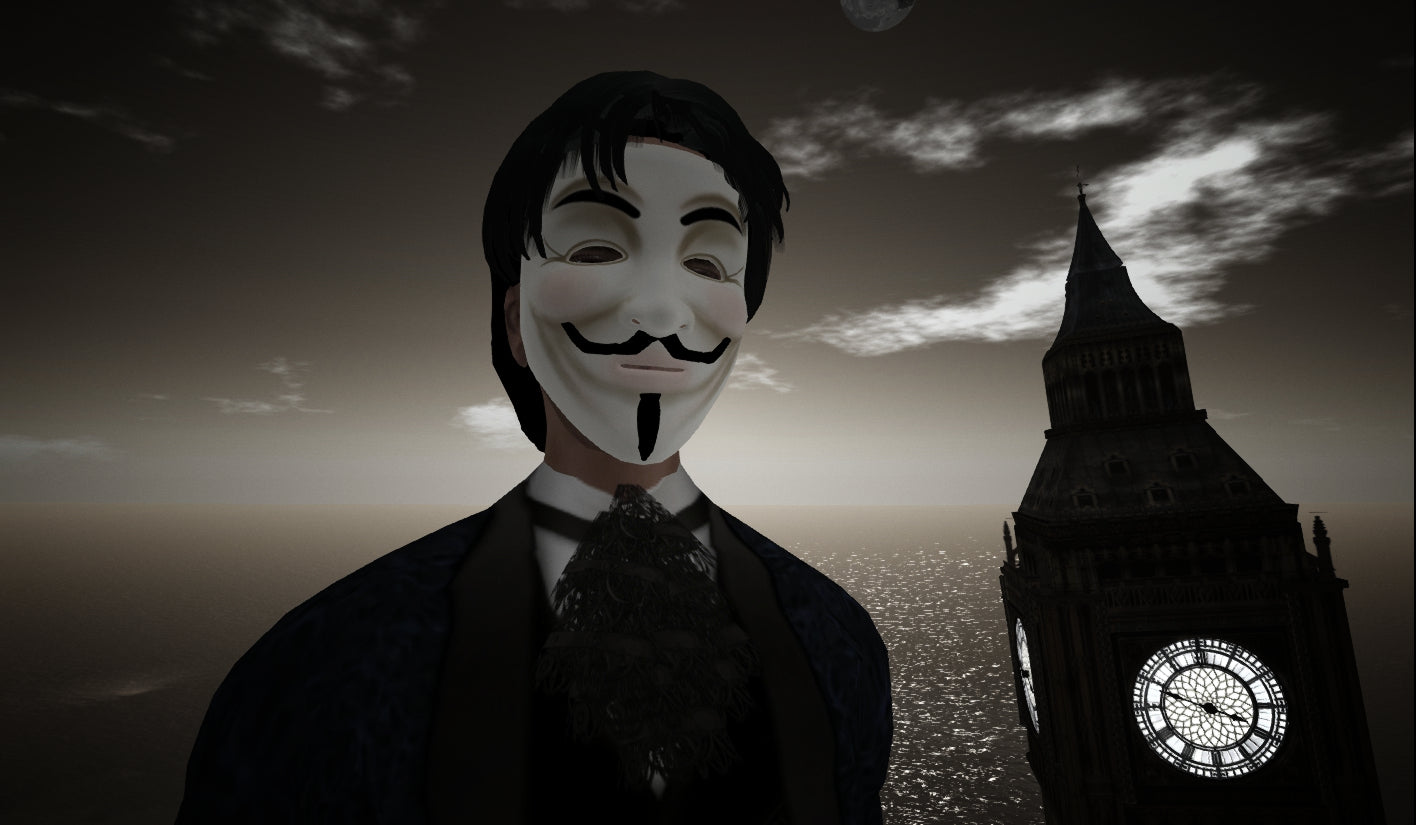
THE HISTORY OF BONFIRE NIGHT IN THE UK
Bonfire Night, also known as Guy Fawkes Night, has deep historical roots in the United Kingdom. It commemorates the foiling of the Gunpowder Plot of 1605, an infamous conspiracy to blow up the Houses of Parliament and assassinate King James I. The plot was devised by a group of English Catholics who sought to protest against the Protestant-dominated government's oppression.
Guy Fawkes, one of the conspirators, was found guarding the gunpowder barrels in the cellars beneath the Parliament building on November 5th, 1605. He was subsequently arrested, tortured, and executed. The thwarting of the plot was celebrated across London with bonfires, an expression of relief and thanksgiving for the King's safety.
Over time, the anniversary of the Gunpowder Plot evolved into an annual event known as Bonfire Night. Traditionally, effigies of Guy Fawkes are paraded through the streets and then burned on bonfires. Firework displays became a central part of the celebrations, illuminating the night sky with vibrant colors.
Today, Bonfire Night remains a cultural fixture in the UK, marked by fireworks, bonfires, and the burning of effigies, accompanied by gatherings of family and friends. It's a historical event that continues to blend tradition, celebration, and a remembrance of a significant moment in British history.
